The world of birds is a symphony of diverse behaviors and astonishing adaptations. Among their many captivating actions, some birds exhibit an intriguing behavior: they dance to music.
This phenomenon raises questions about the connection between these feathered creatures and the rhythms of human-made melodies. Wondering why do some birds dance to music?
While it may seem like a whimsical display, there is a scientific basis behind why certain birds engage in this delightful activity.
Birds have long been known for their vocalizations, but their response to music adds another layer of fascination to our understanding of their behavior.
In this exploration, we will uncover the underlying reasons behind this avian choreography and gain insights into the complex relationship between birds and the captivating world of music.
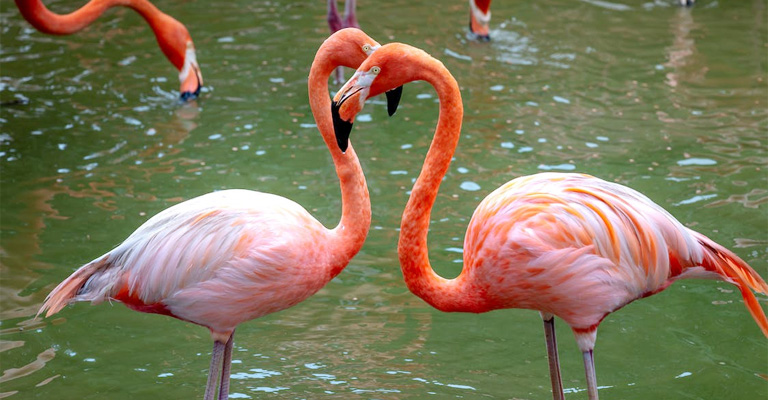
Why Do Some Birds Dance to Music?
Some birds dance to music due to a combination of instinct, social behavior, and environmental cues. Here are a few key reasons:
Courtship and Display
Many bird species use intricate dances and displays as part of their courtship rituals. These dances are often synchronized with specific sounds, including music, to attract a mate. It’s a way for them to demonstrate their health, vitality, and genetic fitness.
Social Interaction
Birds are highly social creatures, and dancing to music can serve as a form of social interaction within a group. It helps reinforce bonds among individuals and can be a sign of cooperation and coordination.
Mimicry and Learning
Some birds are excellent mimics, and they may dance to music as a form of learning and imitation. This behavior can help them adapt to their environment or integrate with other birds.
Environmental Stimuli
Birds are sensitive to their surroundings, and music can be perceived as a part of their environment. Certain rhythms and melodies may trigger their natural behaviors, leading to spontaneous dancing.
Playful Behavior
Birds, like many animals, engage in playful activities. Dancing to music can be a form of play for some species, allowing them to expend energy and have fun.
Communication
Dancing to music can be a way for birds to communicate with each other. Certain movements and rhythms may convey information about food sources, territory boundaries, or danger signals.
Habituation
In captivity or around human environments, some birds may become accustomed to the presence of music. They might dance as a response to the familiar sounds in their surroundings, similar to how they might react to other environmental cues.
Stress Relief
Music can have a calming effect on birds, just as it does on humans. Some birds may dance to music as a way to relieve stress or anxiety, much like how people use music for relaxation.
Imitation of Natural Sounds
In the wild, birds are exposed to various natural sounds, including rustling leaves, flowing water, and the sounds of other animals. Music with elements resembling these natural sounds might trigger dancing behavior.
Individual Variation
Just like humans, individual birds have unique personalities and preferences. Some birds may simply have a predisposition to enjoy or respond to music, leading them to dance when they hear it.
It’s important to note that not all bird species dance to music, and the reasons can vary greatly depending on the species and their specific behaviors.
Which Birds Can Dance to Music?
Several bird species have been observed to dance or exhibit dancing-like behaviors in response to music or rhythmic sounds.
Here are a few examples of birds known for their dancing tendencies:
Cockatoos
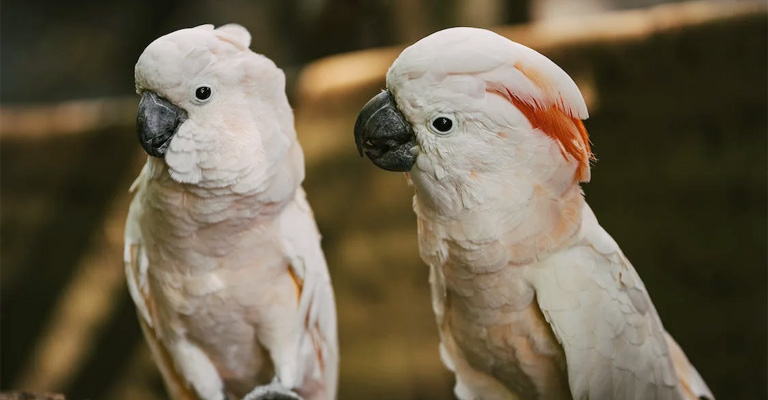
Cockatoos, particularly the Sulphur-crested Cockatoo and the Umbrella Cockatoo, are famous for their ability to dance to music. They often bob their heads, flap their wings, and move in time with the beat.
African Grey Parrots
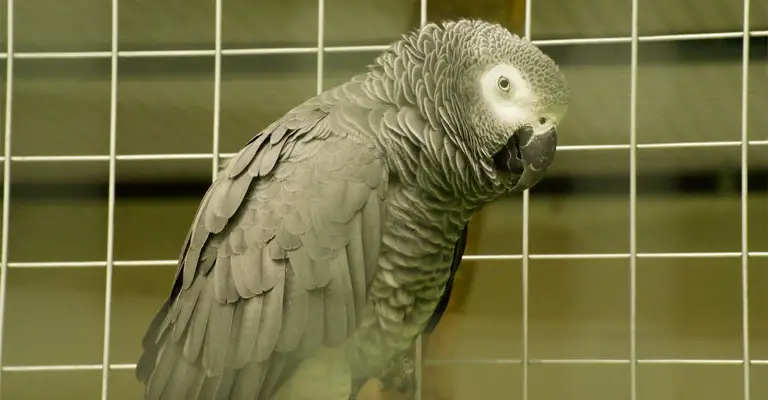
These highly intelligent parrots have been known to dance and mimic dance moves in response to music. They can be especially entertaining with their head movements and foot tapping.
Cockatiels
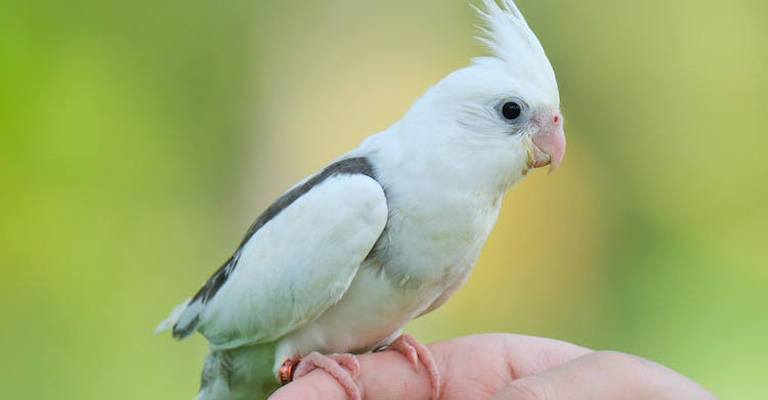
These small parrots are often seen bobbing their heads and swaying to music. They are known for their playful and rhythmic responses to sounds.
Budgerigars (Budgies)
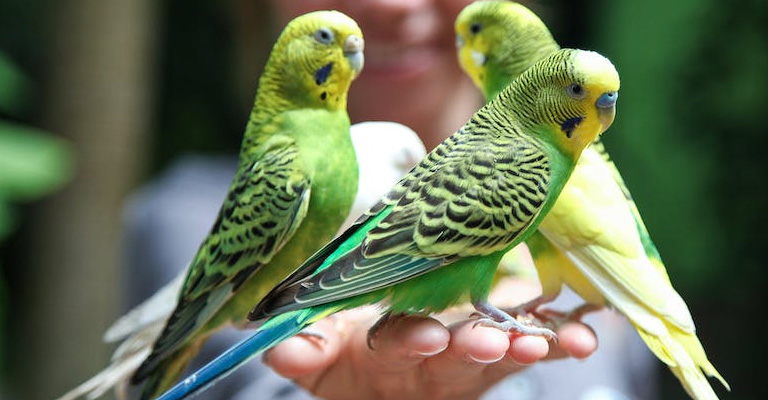
Budgies are known to enjoy music, and they may hop, chirp, and move in response to musical rhythms.
Eclectus Parrots
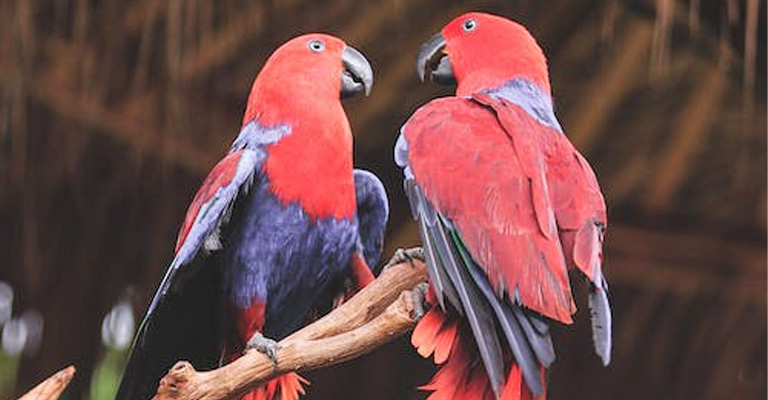
These colorful parrots have been observed to dance and display rhythmic movements when music is played.
Birds-of-Paradise
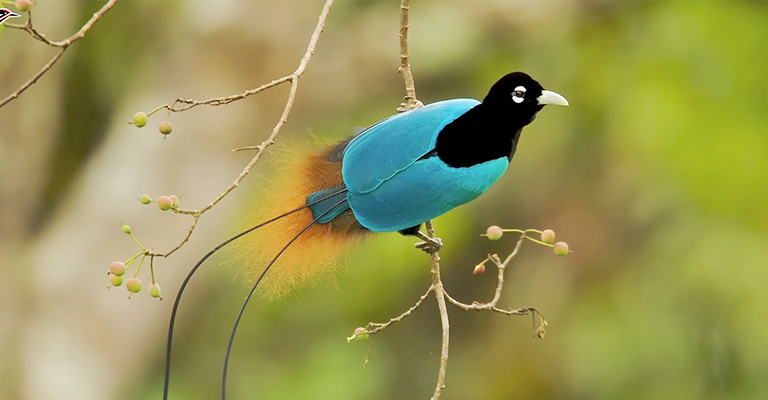
While not kept as pets, Birds-of-Paradise in the wild are known for their elaborate courtship dances, which involve intricate movements and vibrant displays. These dances are often performed as part of mating rituals.
Australian Lyrebirds
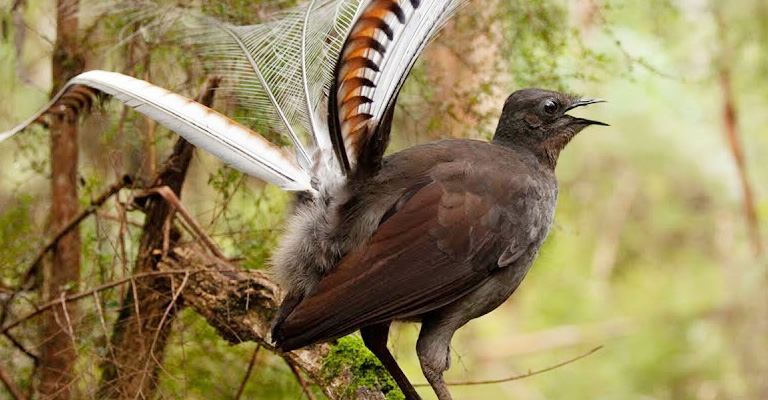
These ground-dwelling birds are excellent mimics and can incorporate various sounds, including music, into their elaborate courtship displays.
It’s important to note that not all individuals of these species will dance to music, and responses can vary based on the bird’s personality and exposure to music.
Additionally, some birds may dance to specific types of music or rhythms more than others. Dancing behavior in birds is a fascinating aspect of their natural instincts and responses to the environment.
How Can I Train a Bird to Dance?
Training a bird to dance can be a fun and rewarding activity. Here are some steps to help you train a bird to dance:
Choose the Right Bird
Some bird species are more predisposed to dancing and mimicking movements than others. Parrots, cockatoos, and budgerigars, for example, are known for their playful and rhythmic behaviors. Select a bird species that is more likely to be receptive to dancing.
Create a Comfortable Environment
Ensure your bird feels safe and comfortable in its environment. Provide a spacious and clean cage with plenty of toys and perches.
Bond with Your Bird
Build a strong bond with your bird through positive interaction, trust, and socialization. Spend time talking to your bird, offering treats, and gently handling them to establish trust.
Choose Appropriate Music
Birds often respond better to certain types of music or rhythms. Experiment with different genres to see what your bird prefers. Some birds might respond well to upbeat, rhythmic music, while others may prefer calmer tunes.
Introduce Music Gradually
Start by playing music softly and gradually increase the volume over time. Observe your bird’s reactions to different songs and rhythms.
Encourage Movement
When your bird starts to move or bob its head in response to the music, offer praise and positive reinforcement. Use a cheerful and encouraging tone of voice.
Use Visual Cues
You can dance or move along with the music to provide a visual cue for your bird. Birds often learn by imitating the movements of others.
Repetition and Patience
Training a bird to dance can take time and patience. Be consistent in your training efforts, and reward your bird when it displays dancing behavior.
Avoid Stress
Pay attention to your bird’s body language. If your bird appears stressed or uncomfortable, stop the training session and try again later.
Keep It Fun
Dancing should be an enjoyable activity for both you and your bird. Keep training sessions short and entertaining to maintain your bird’s interest.
Remember that not all birds will respond the same way to music or dancing, and some may not be interested in dancing at all. It’s essential to respect your bird’s preferences and comfort levels throughout the training process.
What Music Genre Do Birds Like?
Birds don’t have a universal preference for music genres, and individual bird species or even specific birds may have different reactions to various types of music. However, there are some general patterns and guidelines to consider:
Rhythmic and Upbeat Music
Many birds seem to respond positively to music with a strong, rhythmic beat. Upbeat and lively music, such as pop, rock, or dance music, can elicit more active responses like head bobbing or dancing.
Classical Music
Some bird owners and enthusiasts have reported that their birds enjoy classical music, particularly pieces with melodic and soothing qualities. The calm and harmonious nature of classical music can be appealing to some birds.
World Music and Nature Sounds
Music with nature sounds, such as bird songs or rainforest sounds, can be intriguing for birds. It might resonate with their natural environment and instincts.
Vocal Music
Birds are highly vocal creatures, and they might be more inclined to respond to music with prominent vocals or singing. Songs with human voices or bird-like sounds can capture their attention.
Personal Preferences
Each bird is unique, and its musical preferences can vary. Some birds may enjoy one genre of music, while others may prefer something entirely different. Experiment with different styles to see what your bird responds to positively.
Ultimately, the key is to provide a stimulating and enjoyable environment for your feathered friend based on their individual preferences.
FAQs
No, not all birds sing. While many bird species are known for their singing abilities, some birds communicate through other vocalizations or may not produce melodious sounds at all. Singing is most common among songbirds and passerines.
Some studies suggest that certain bird species, especially those kept as pets like parrots and crows, can recognize and remember human faces. However, the extent of this recognition can vary among individual birds.
Birds migrate for various reasons, including finding better food sources, escaping harsh weather conditions, and breeding. Migration allows them to follow seasonal changes and optimize their chances of survival and reproduction.
Birds use a combination of cues for navigation during migration. This includes visual landmarks, the position of the sun and stars, Earth’s magnetic field, and even their innate sense of direction. It’s a complex skill honed over generations.
Birds mimic sounds and voices primarily for communication and survival. In the wild, mimicry can be used to deceive predators or rivals, attract mates, and even enhance foraging success.
In captivity, certain pet birds like parrots have a talent for mimicking human speech.
Conclusion
The phenomenon of birds dancing to music is a testament to the intricate connections that exist between the natural world and the human experience.
While it may appear as mere entertainment, this behavior reflects the deep-rooted instincts and evolutionary history of certain bird species.
From the courtship rituals of birds like the magnificent Birds-of-Paradise to the captivating moves of cockatoos and parrots, dancing to music serves various purposes.
As we continue to unravel the mysteries of nature, the dance of birds to music reminds us of the boundless wonders that surround us. It highlights the importance of preserving biodiversity and understanding the intricacies of our planet’s ecosystems.
So, the next time you witness a bird grooving to a tune, appreciate not only the spectacle but also the remarkable connection between these feathered dancers and the harmonies that unite us all in the tapestry of life.